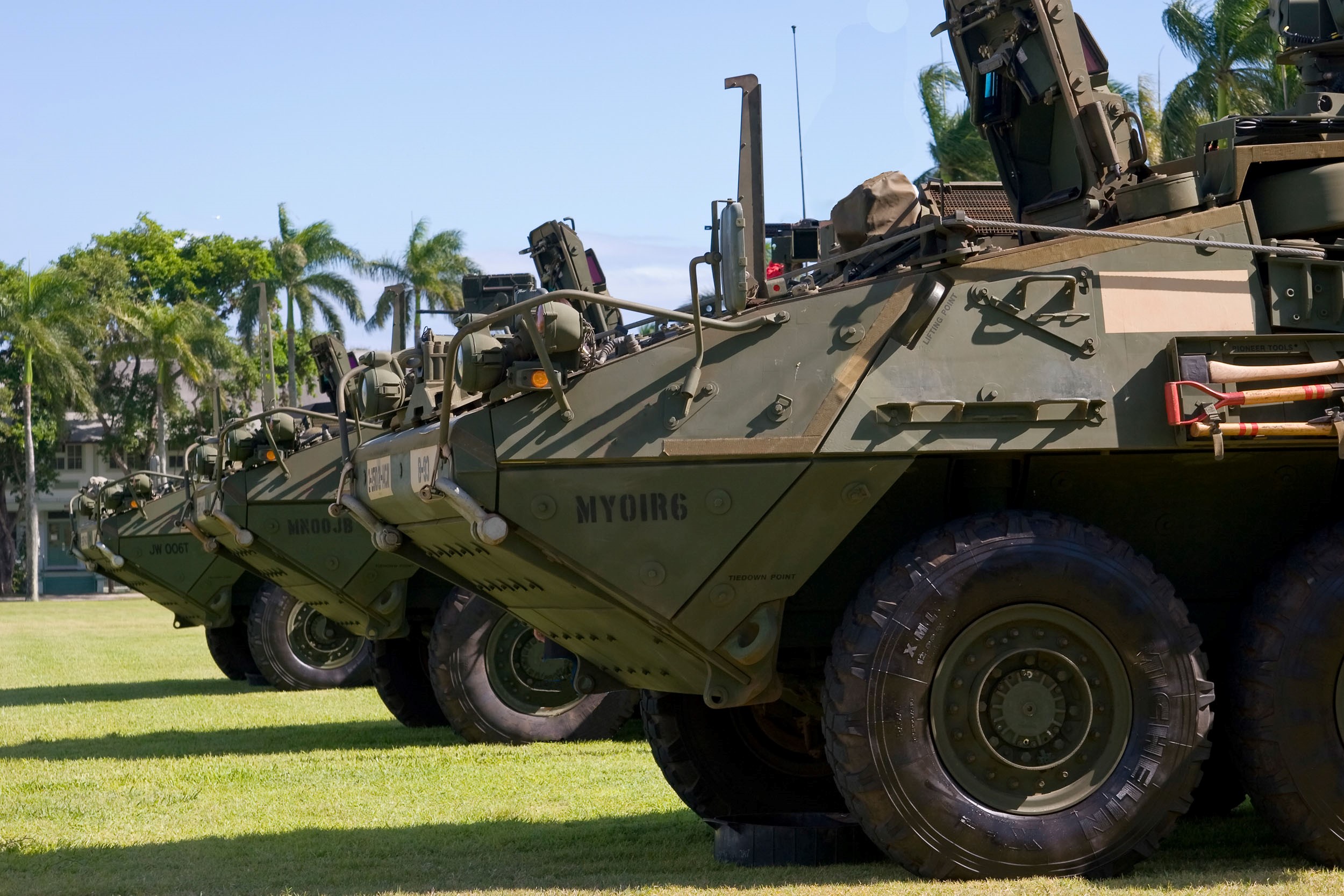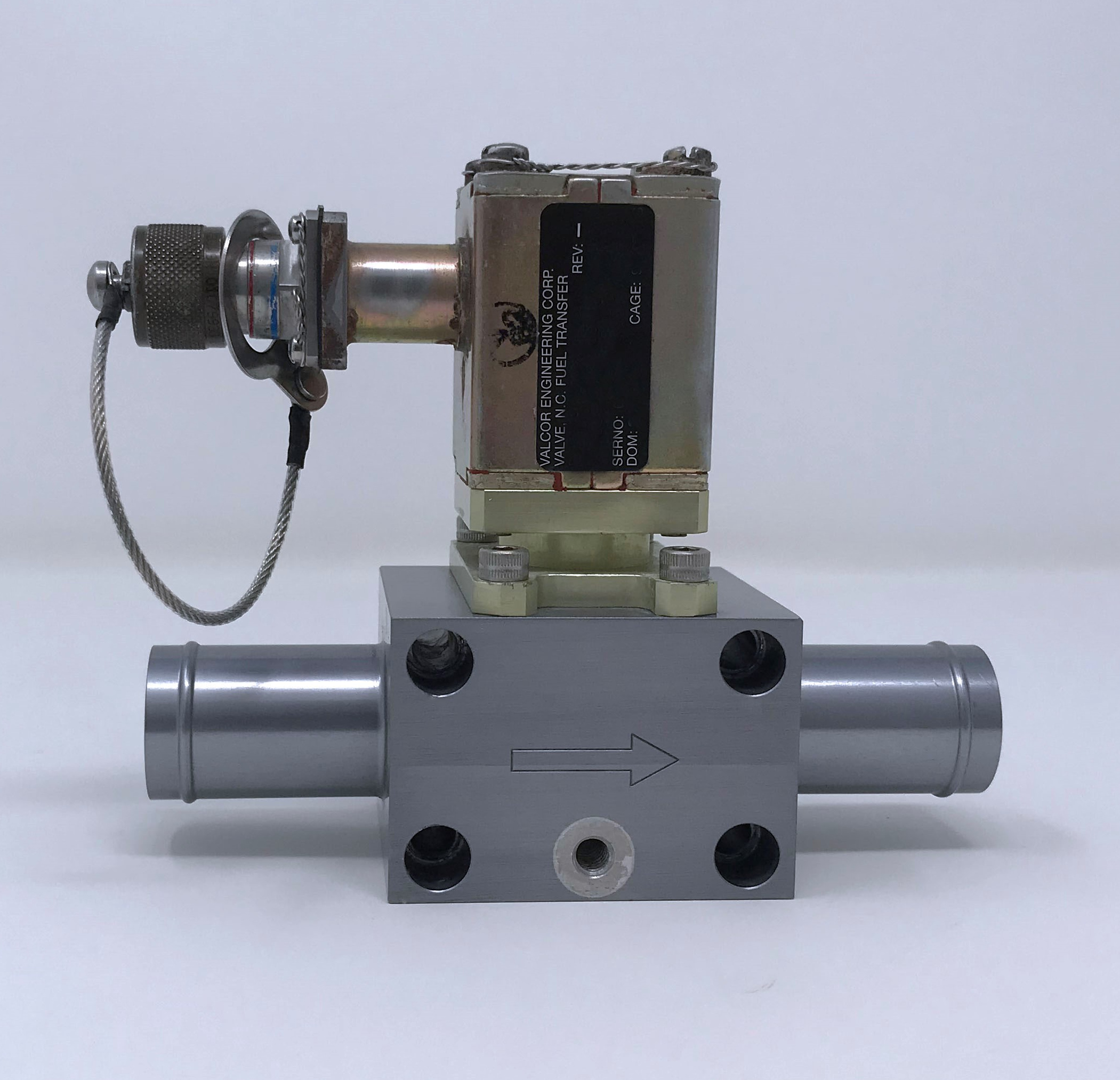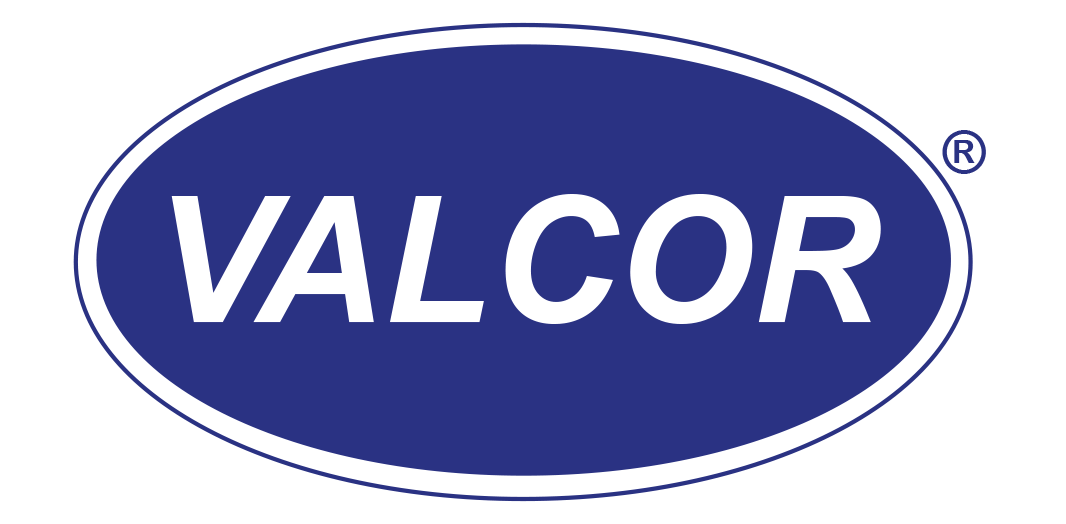Engineers and designers tasked with the creation of a new Ground Combat Vehicle (GCV) face a number of huge challenges; any one of which can cause program delays, not to mention stress and anxiety for the design team in their effort to get a new GCV approved and in production. Whether the project is a new, clean sheet design or an upgrade to an existing GCV fleet, the need to keep the timeline as short as possible and within budget must be met. A key objective in the design of a GCV is to identify the fluid control components required. These dynamic devices include solenoid valves, pressure regulators, pressure relief valves, accumulators, and other items. Unlike the static system components such as tubing, fittings, and mounting hardware, fluid control components must perform flawlessly under intense battlefield conditions. To confirm that these components can meet the rigorous requirements of battle, many tests are performed to determine fitness for the application. These tests include vibration, extreme temperature cycling, and durability (life cycle or mean time between failures). For example, fuel control valves must remain open or shut (based on the demand of the vehicle) while operating under dirty and often intense jarring conditions. New components must be developed and qualified for use by testing on vibration test stands while energized open or closed, without failing. The qualification testing requires hundreds of hours and tens of thousands of cycles using multiple test articles. This testing is both time consuming and costly.

Rather than creating new components, the smart designer often looks for existing components that have the pedigree needed for the new application. Using existing components shortens the development timetable and drastically reduces the costly development and qualification testing otherwise required. When a new component is needed, the challenge then is to design and test it to ensure it meets the customer’s design requirements. Valcor Engineering has a significant portfolio of valve designs from which to choose. If an existing design is suitable as-is, or with some modification, the time to release it to production is relatively short and the costs can be minimized.
However, if no existing design is suitable, then the effort to create a new valve begins. To initiate the design of a new fluid control component, Valcor engineers will use sophisticated CAD software as part of a process known as Model Based Engineering before the first prototype part is manufactured. The software assists in establishing the critical dimensions of the parts required for the new valve. Additional software integrates these parts into a virtual working model of the new device, allowing engineers to evaluate its theoretical performance against the customer’s specifications. Tweaking the tolerances and dimensions of the sub-components and evaluating the changes will ultimately yield a design that moves on to the prototype stage. Other tools include Finite Element Analysis (FEA). Using FEA to perform a structural analysis on each of the critical parts of the design ensures that it is robust and fit for its service in the valve. Once the design is finalized, then Computational Fluid Dynamics (CFD) is used to evaluate the performance of the valve under various process conditions. Once a prototype is built, its performance is tested and compared to the performance of the virtual model.

GCVs often employ multiple fuel tanks to take advantage of available space and minimize their vulnerability to fuel contamination and damage in combat. Solenoid valves are used to control the flow of fuel from each tank to the vehicle’s engine. When Valcor was asked to provide a fuel shut-off valve as part of an upgrade to an existing GCV fleet, we looked at our extensive offerings of fuel valves used in demanding applications. A design was identified as having the right basic performance characteristics and was used as the platform for the valve ultimately put into production. Valcor has a rich history in providing fuel control valves. In fact, our first production valve was a fuel shut-off valve designed for Republic Aviation in 1951 and is the basis for many designs in our catalog today. Enhancements to the fuel valve designs for GCVs include a manual override that permits the crew to control fuel flow in the event of a power loss.
In a recent GCV application development program, our customer requested a fuel shut-off valve with unusual operating requirements. No existing design met these requirements, so Valcor engineers designed a new fuel valve. After consultation with the customer, Valcor proposed that we provide not just the valve, but an integrated turnkey solution incorporating third-party components. The fuel control system included our valve, a pressure regulator, and a check valve. Very often, Valcor’s extensive experience in providing custom system solutions enables us to redesign the customer’s original system, making it more compact, have fewer process connections that could be potential leak points, and easier to service when needed, while providing a cost-effective solution. This approach saves the customer the cost of assembling and testing the system on their own, as well as benefiting from our enhancements to the original system design.
With over 70 years of success in providing fluid controls to our Aircraft, Aerospace, Nuclear, Scientific, and Military customers, we are well equipped to help you with your current or next mission-critical project. We do the hard stuff!
For more information on anything covered in this paper, reach out to us at landvehicles@valcor.com

Recent Comments